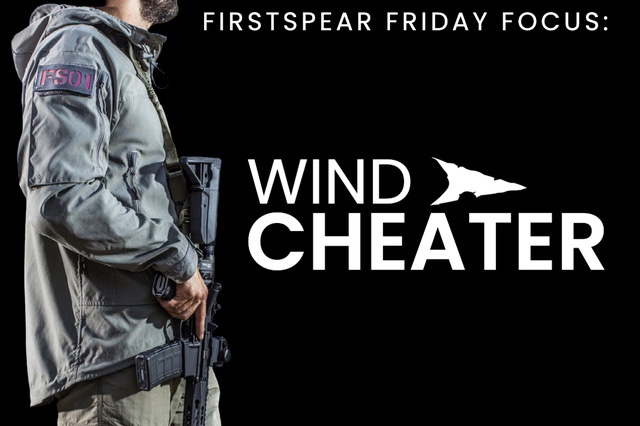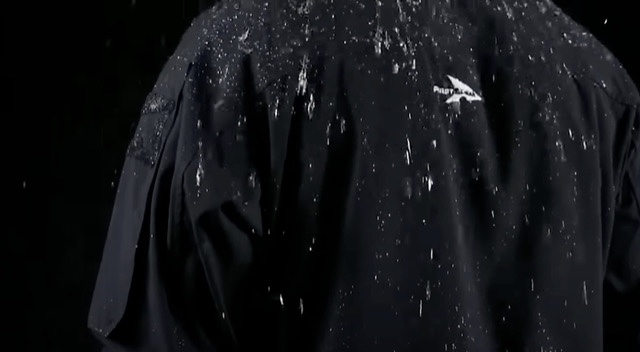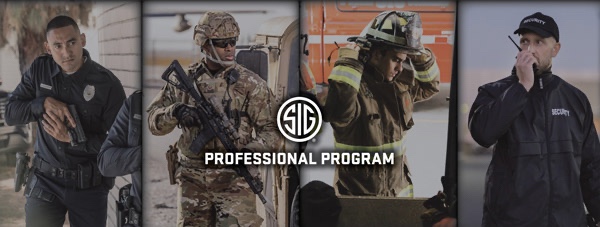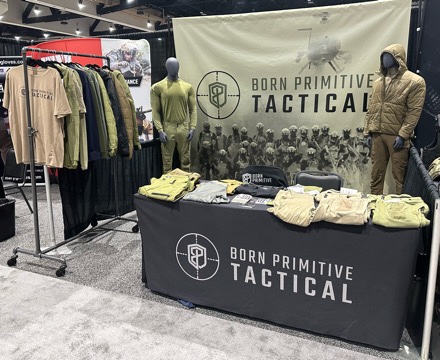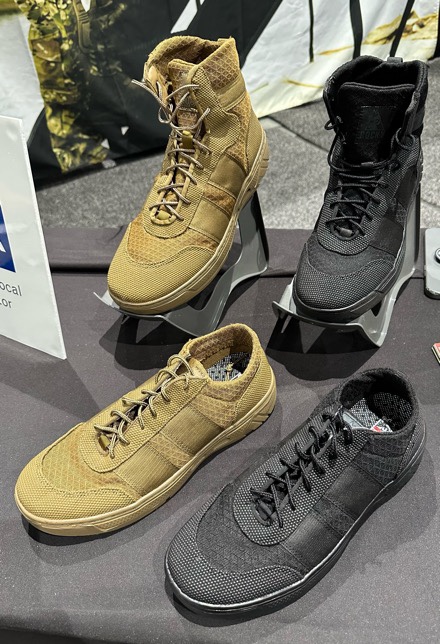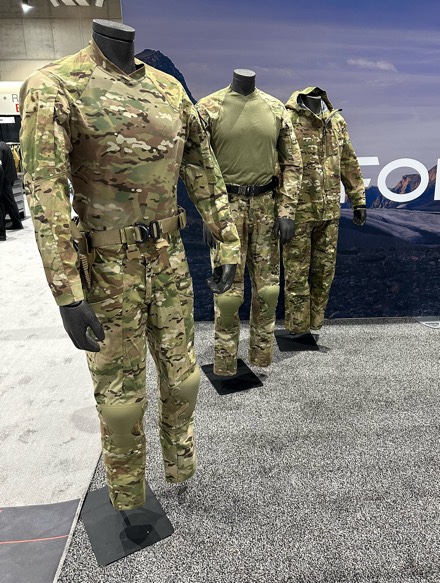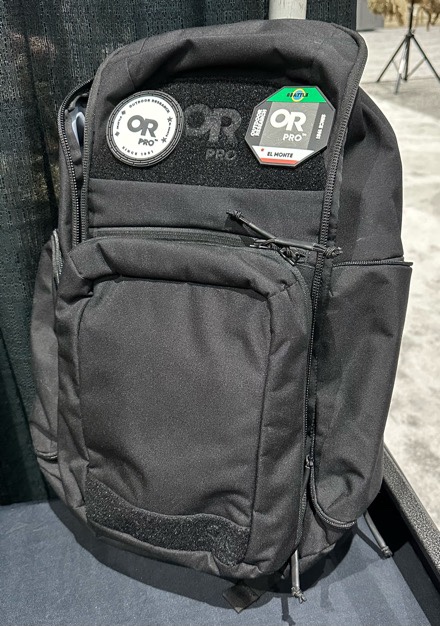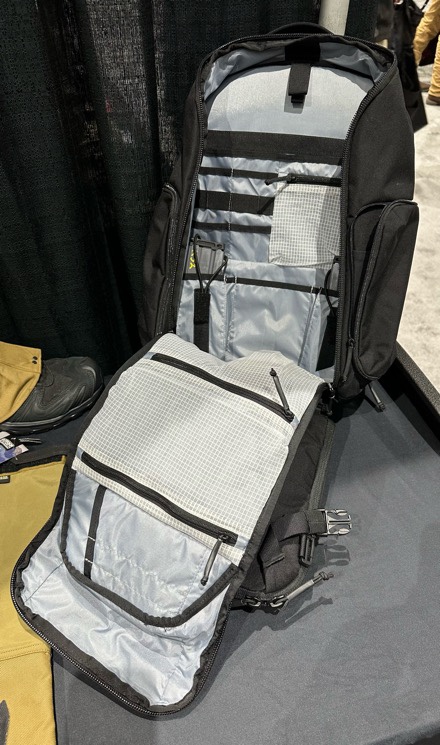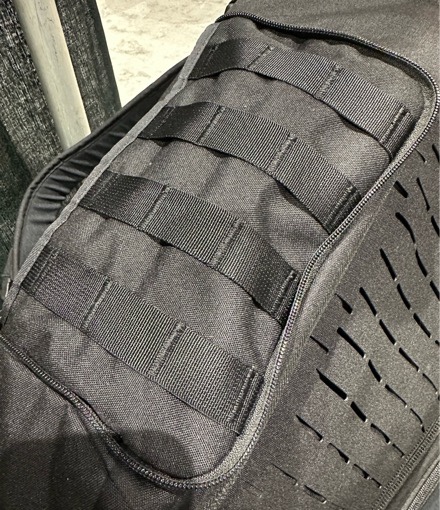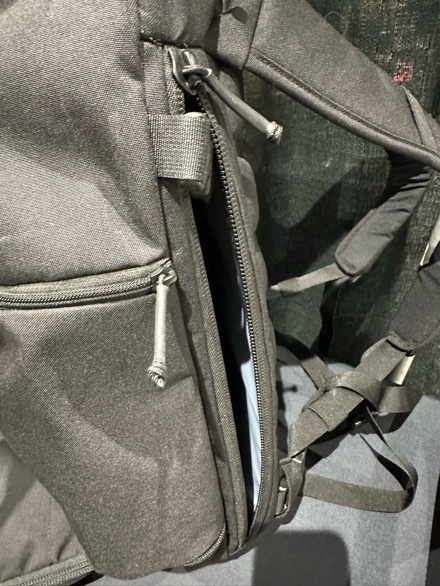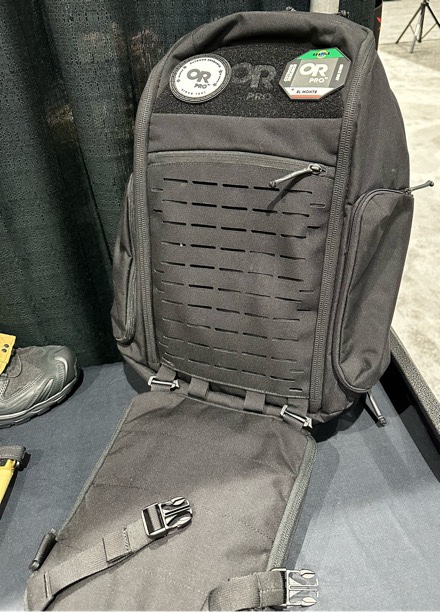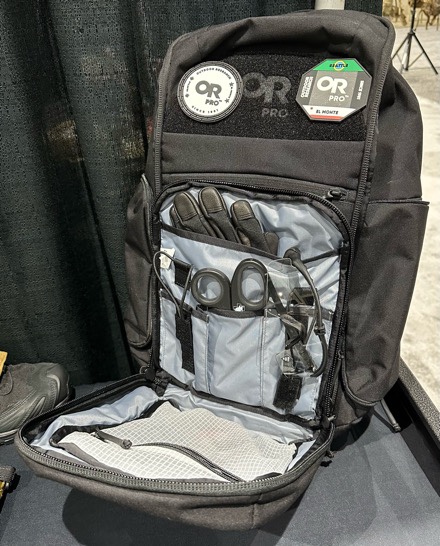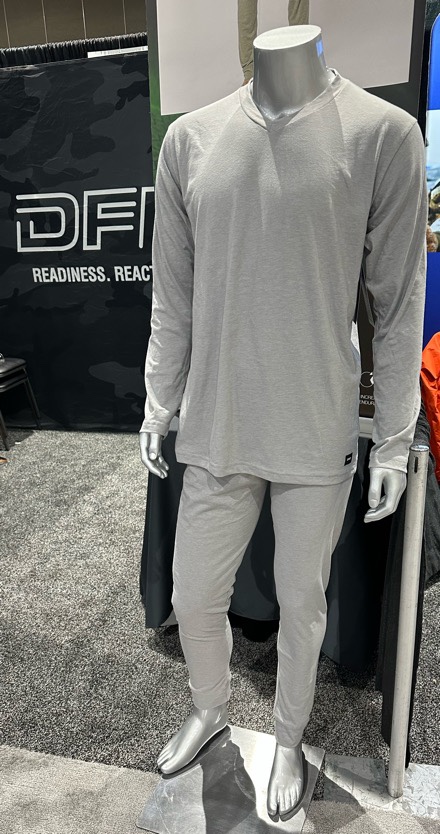Providing a “better boot” for Army units
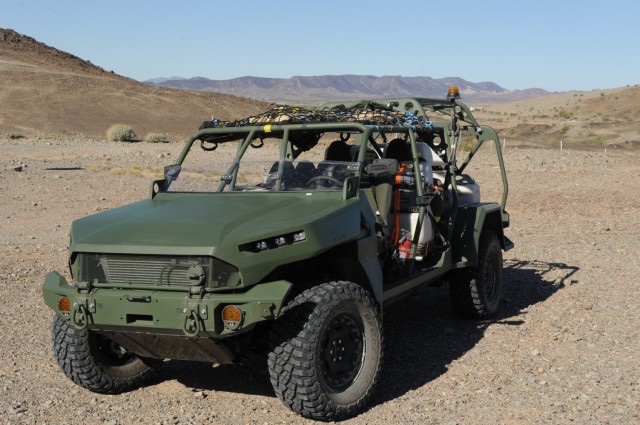
DETROIT ARSENAL, Mich. — The U.S. Army’s Infantry Squad Vehicle (ISV) program was approved by the Program Executive Officer for Combat Support & Combat Service Support (PEO CS&CSS) on March 30 to transition to Full-Rate Production, or FRP. This green light represents a major Army acquisition programmatic milestone in “motorizing” Infantry Brigade Combat Teams, Security Force Assistance Brigades, as well as Army Ranger units. The Army Acquisition Objective currently stands at 2,593 ISVs.
The Army in June 2020 selected GM Defense LLC to produce the ISV. Based on the Chevrolet Colorado ZR2 architecture, the ISV derives a high percentage of its parts from commercial-off-the-shelf components. The Army’s newest light tactical vehicle is dubbed a “better boot,” and its basic operational capabilities include:
Nine-Soldier squad carrying capability
3,200-lb. payload
External sling load/external lift by UH-60/CH-47 helicopters
Low-velocity air drop by fixed-wing C-130 and C-17 transport
Exceptional mobility over a wide variety of terrain.
John Hufstedler, product director, Ground Mobility Vehicles, PEO CS&CSS, said, “The comprehensive team responsible for bringing the ISV program to a full-rate production decision not only involves Army Acquisition professionals assigned to our PEO, but also relevant stakeholders and collaborative partners representing the Army’s funding community, Army Futures Command, Army Forces Command, Army Materiel Command and the testing community.
“Soldier touchpoints, developmental testing and operational testing have been key elements throughout the ISV program,” Hufstedler continued. “Leveraging a commercial vehicle and the world-class manufacturing capability of GM Defense has helped compress the time it takes to field a modernized capability meeting infantry Soldiers’ needs.”
The ISV has been rigorously tested, including production qualification testing and transportability certification, which included low-velocity air drops and helicopter sling loading. Developmental and operational testing enable units to train while offering feedback to the requirements and acquisition communities. This is aimed at improving a system’s utility and operational effectiveness in Soldier’s hands, as well as suitability for the environments in which Soldiers train and fight.
Reliability testing concluded earlier this year, which completed the ISV production qualification test.
To date, the Army has accepted more than 300 ISVs and has fielded three brigade sets of 59 vehicles, for a total of 177. The program is on track to continue to meet fielding plans, with two Brigade sets fielding this June.
By Rae Higgins, Program Executive Office Combat Support & Combat Service Support
